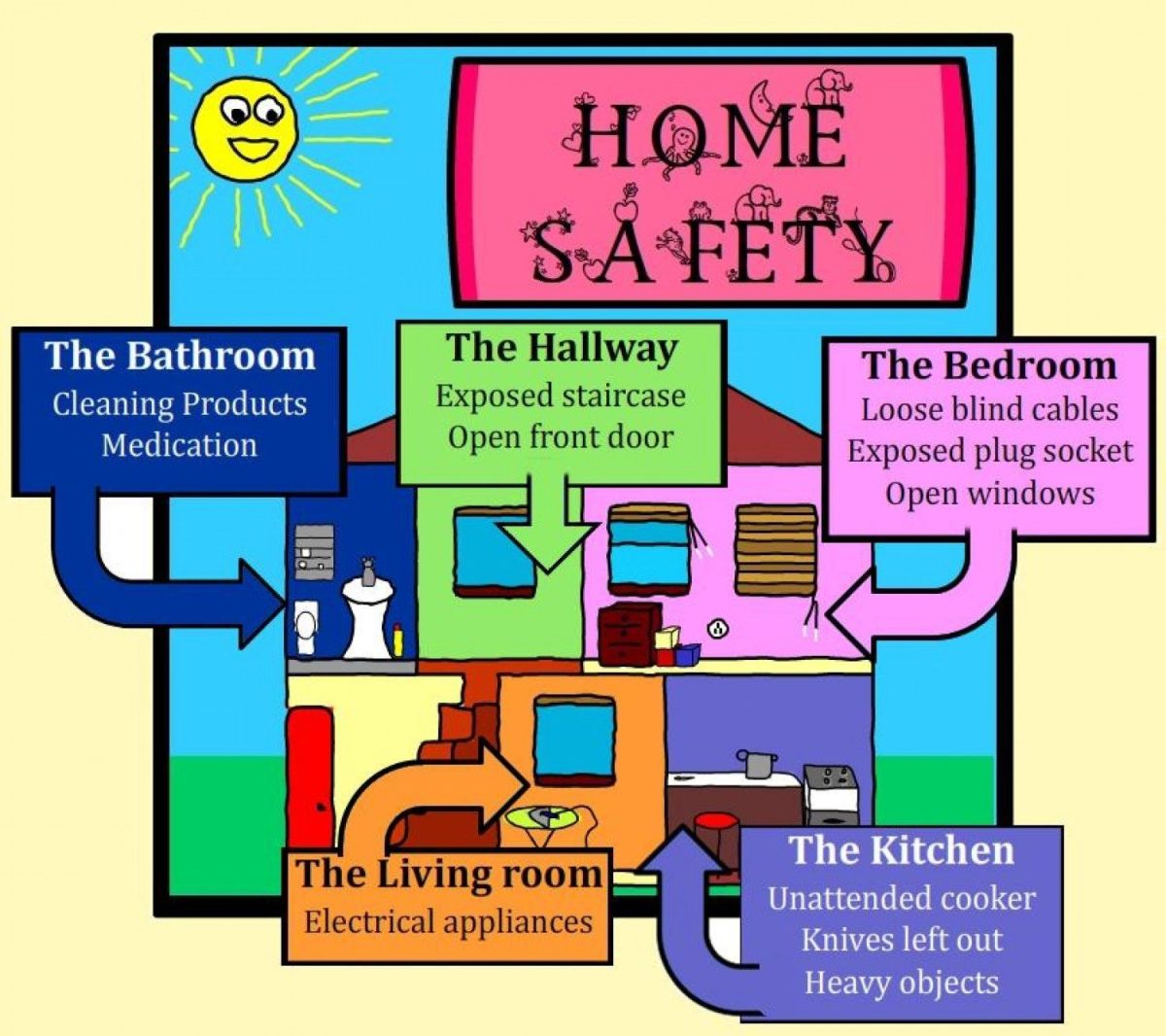Ensuring the safety of young children is of utmost importance for parents and caregivers everywhere. Childproofing your home and environment is an essential step in preventing accidents and potential hazards. Here are some key safety measures to consider when childproofing:
Securing Furniture and Appliances
Children are naturally curious and love to explore their surroundings. However, their tendency to climb and pull on things can lead to dangerous situations. To prevent furniture tip-overs, it is crucial to secure them to the wall using furniture anchors. This applies to bookshelves, dressers, and any other heavy furniture pieces. Additionally, make sure cords from appliances like TVs and lamps are kept out of reach or secured with cord clips to prevent strangulation hazards.
Installing Safety Gates
One of the easiest ways to restrict access to potentially hazardous areas is by installing safety gates. Stairways, kitchens, and rooms with delicate or dangerous items should be gated off to prevent accidents. Choose gates that are sturdy, easily adjustable, and well-fitted for your specific needs. Ensure that the gate is properly installed and readjusted as your child grows to maintain its efficiency.
Childproofing Electrical Outlets and Cords
Electrical outlets pose significant risks to young children, especially curious toddlers. Inserting outlet plugs or covers will prevent them from poking objects into the sockets and potentially getting electrically shocked. Keep all cords out of a child’s reach, as they can pose a tripping hazard or be chewed on, leading to electrocution. Using cord protectors and organizing them neatly can also minimize the risk of accidents.
Securing Cabinets and Drawers
Cabinets and drawers often contain cleaning supplies, sharp objects, or other potentially harmful substances. Installing childproof locks or latches on cabinets and drawers will ensure that children cannot access these items. Whether it is restricting access to the kitchen, bathroom, or any other area with cabinets, these safety measures will greatly reduce the risk of accidents.
Window Safety Measures
Windows can pose various safety risks for children. To prevent accidental falls, install window guards or window stops that limit the window opening. Additionally, consider placing furniture away from windows to discourage climbing. It’s crucial to keep windows locked and supervise open windows, especially in higher floors.
Preventing Water Hazards
Water-related accidents, including drowning, are a significant concern for households with young children. Installing safety gates around swimming pools, hot tubs, and other bodies of water is crucial. Furthermore, never leave a child unattended near water, even for a few seconds. Additionally, keeping toilet lids closed and securing bathroom doors can prevent young children from accessing water sources unsupervised.
Fire Safety Precautions
Every home should have working smoke alarms installed on each floor, near sleeping areas, and in the kitchen. Develop a fire escape plan with your family and make sure everyone knows the designated meeting point. Ensure that fire extinguishers are readily available, and teach children basic fire safety measures, such as using stop, drop, and roll.
Keeping Potential Choking Hazards Out of Reach
Children tend to explore items by putting them in their mouths. To prevent choking hazards, ensure small objects, coins, magnets, batteries, and any other small items are stored out of reach. Be cautious of toys with small detachable parts and make sure they are appropriate for your child’s age.
Childproofing your home and environment is an ongoing process that requires vigilance and awareness. Regularly reassess potential hazards as your child grows and becomes more mobile. Remember, prevention is key, and by taking these safety measures, you can create a secure environment for your child to grow and explore without unnecessary risks.

